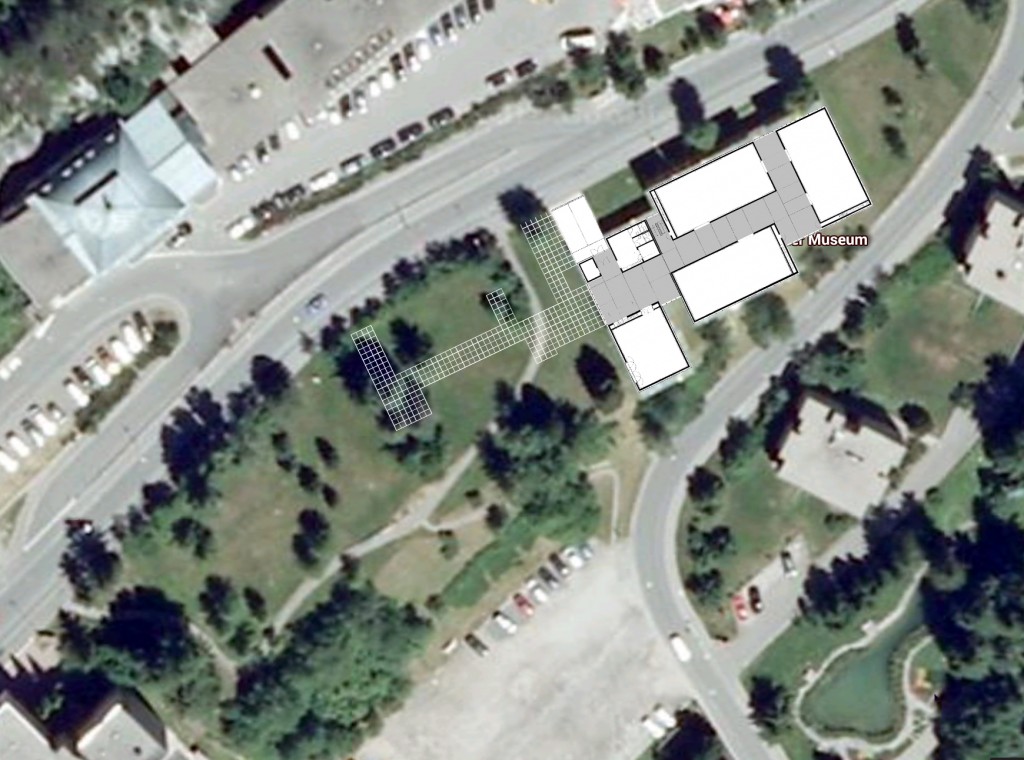Participants 2017 are:
Alessi, Alberto
Professor of Theory of Architecture. UL University of Liechtenstein.
Beutler, Martin (tbc)
Artist, Firma für soziale Plastik, Bern, Switzerland.
Harboe, Julie (team)
Lecturer. Future Laboratory CreaLab, Lucerne School of Business, Lucerne University of Applied Sciences and Arts (LUASA), Switzerland.
Hardliz, Ronny (team)
Artist, Berne, Switzerland.
Huwiler, Bernhard
Artist, Berne, Switzerland.
Kivland, Sharon
Artist, Reader in Fine Art. Sheffield Hallam University, City Campus, Sheffield, United Kingdom.
Sadowsky, Thorsten
Director of Kirchner Museum Davos. Ernst Ludwig Kirchner Platz, Davos, Switzerland.
Schuchert, C. Lars (team)
Scientific research assistant. LUASA – School of Engineering and Architecture, CC Typology & Planning in Architecture (CCTP), Horw, Switzerland.
Simon, Joshua
Director and Chief Curator, MoBY – Museums of Bat Yam, Tel Aviv-Jaffa, Israel.
Steudler, Sandro
Artist, Zurich, Switzerland.
Zellweger, Christoph (tbc)
Artist, Dozent MA Design (HSLU) / Professor of Art and Design, Senior Resarch Fellow (Sheffield Hallam University). Hochschule Luzern, Design und Kunst, Luzern, Switzerland.
